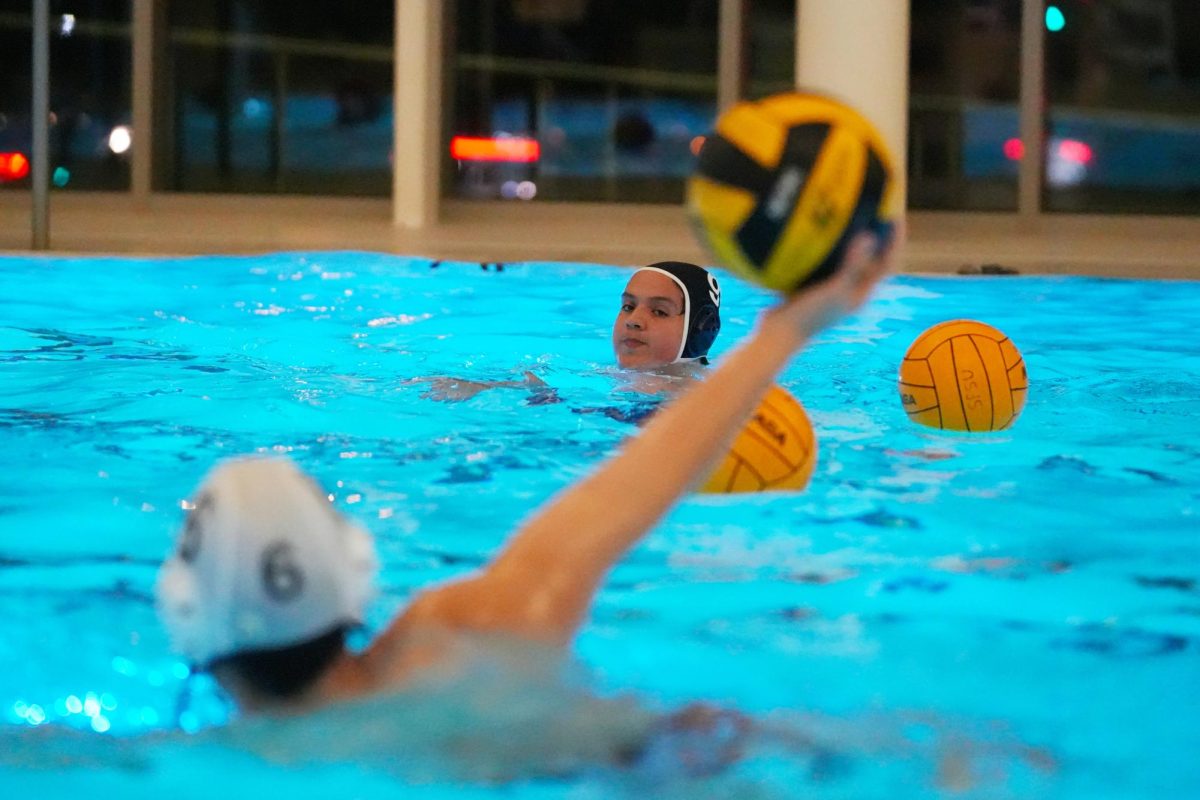After rigorous qualifying campaigns, 32 nations will get a chance to become champions at the 2018 World Cup in Russia. Among them are Iceland and Panama as first-time participants.
Not among them is the United States, who I think got exactly what they deserved in not qualifying, and also exactly what the United States Soccer Federation (U.S.S.F.) needed as a wake-up call to fix itself in the long term to become an elite soccer nation. The future of the sport in this country depends on it.
The U.S., who failed to qualify after needing only a tie against Trinidad & Tobago, was handed a 1-2 loss and a ticket home.
The loss is seen as a colossal failure for the U.S.S.F and one that has sporting and economic repercussions.
It hurts to say, but countries like Iceland and Panama will see a greater benefit financially and to their soccer programs for having qualified than the U.S. In fact, I firmly believe that the United States will ultimately see a greater benefit to its soccer program because they didn’t.
Maybe not financial benefits, as Bloomberg reports that Fox, who paid $400 million for the rights to the World Cup that starts in June and the 2022 games in Qatar, estimates it “stands to lose between $10 million to $20 million in
advertising sales” just because the U.S. didn’t qualify.
The U.S. itself stands to lose about $10 million in qualification prize money as well as massive advertising dollars from some of the world’s biggest brands like official tournament sponsors CocaCola, McDonald’s and Visa. All told,
the number could be closer to $50 million in revenue lost. And if there is somewhere you can wound an American more than their pride, it’s their wallet.
The financial hit should be all the impetus the U.S.S.F. needs to question its failings.
What would your country do with $10 million and World Cup qualification?
If you’re Panamanian President Juan Carlos Varela, you declare it a national holiday.
“The voice of the people has been heard…,” tweeted Varela. “You deserve it.”
Indeed they did, after 10 failed qualifying campaigns and narrowly missing Brazil 2014. Panama, a nation of just over 4 million, did it with a soccer federation budget of less than $10 million.
This sum is about 1/15th the amount that the U.S.S.F has as a surplus! A surplus being put to no use and one U.S. Soccer has done nothing with for over a year. More impressive is Iceland’s qualification.
Its manager Heimir Hallgrimsson is a part-time dentist, and with a population of just 330,000, Iceland becomes the smallest nation to ever qualify. Iceland made a splash at the 2016 European championships, beating England before eventually losing to France in the quarterfinals.
The “Vikings,” as Iceland is known in international soccer, became the feel-good story of the tournament
and built upon that success by qualifying top of their group for Russia 2018.
Both Panama and Iceland will now have the opportunity to raise the profile of their football, not to mention the huge economic windfall it represents.
Former national team captain and president of the Icelandic Football Association Gudni Bergsson knows just how much it means to his country.
“It means the world,” said Bergsson to the Economist. “For years we have watched the major tournaments on television. Now we are actually going there.”
But you know who isn’t? The U.S. and its all for the better.
People will say that I’m just hating on the U.S. for no reason. It’s not so. I sincerely wish they had qualified. After all, how will others ever get to experience the unrivaled joy I felt in seeing the U.S. beat Ghana at the World Cup in Brazil? Singing with my countrymen after the victory deep in the bowels of that stadium in Natal remains one
of the happiest moments of my life.
For others to have these moments, however, real and lasting change needs to happen within U.S. soccer and these realizations only become evident through failure. Primarily in how we approach the discovery and development of our young players.
Take Germany, for example. In 2000, Germany finished bottom of their group in the European championships, and an inquest was undertaken to fix German football. An official Bundesliga (German league) study found, “it completely
lacked a professional foundation.”
Germany would focus its efforts in developing a grassroots movement that required all 36 teams in the top two levels of German professional to have robust development academies. Between 2001 and 2011, teams spent more than €500 million while the German Football Federation spent €9.5 million annually in the same period, according to
a Bundesliga report. There are now 366 German operated youth centers in the country that serve 25,000 kids, according to The New York Times. The Germans were able to develop a system that identifies great young players and puts them into an environment to succeed with professional coaching, resources and policies that would ultimately bring them World Cup success in Brazil just 14 years later.
No one is saying that the U.S will win the World Cup if they follow Germany’s youth policy. What is being said, is because of its deserved qualification failure, the U.S.S.F has the unique opportunity and time to fix itself. A serious look at the way we develop and discover our youth players wouldn’t be a bad start.
The U.S. certainly has the time to implement change, as the earliest they could play another World Cup match is November 2022. If changes aren’t made, they could wind up missing another World Cup, having learned nothing from its failure to qualify and also miss the chance to fix our soccer in the long term. And you know what; we’ll deserve it.
U.S. failure opens door for new teams
Robert Jalon
•
Mar 15, 2018
0
More to Discover









